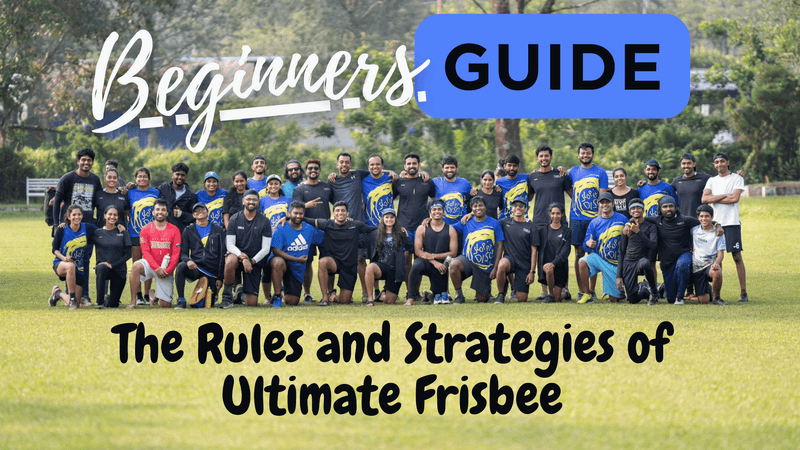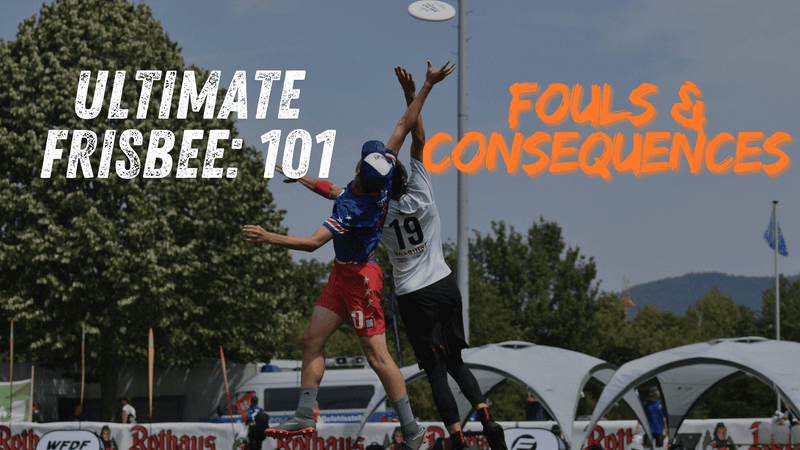Ultimate Frisbee, often referred to simply as "Ultimate," is a fast-paced, non-contact team sport that beautifully combines elements of football, basketball, and soccer into a unique and thrilling game. The primary goal is to score points by passing the disc to a team member in the opposite end zone.

This guide aims to provide a detailed explanation of the rules, strategies and intricacies involved in playing the sport of Ultimate Frisbee.
Starting From the Roots: The Basics
A game of Ultimate begins with a "pull," similar to a kickoff in football. Two teams, each consisting of seven players, compete on a field. The team that starts with defense throws the disc to the team on offense, commencing the game. From there, the offensive team works to advance the disc down the field by passing it to other team members. Notably, once a player catches the disc, they cannot run with it, adding a layer of strategic complexity to the game.
The Rulebook: Understanding the Game
The rules of Ultimate Frisbee are designed to promote fair play and keep the game flowing smoothly. Here are some key rules you’ll need to know to start off with:
- No Physical Contact: Ultimate is a non-contact sport, and any form of physical contact, whether intentional or accidental, can result in a foul. The game relies heavily on the integrity of its players to respect and adhere to this rule.
- Stalling: Once a player catches the disc, they have ten seconds to pass it. The opposing team can start a stall count, and if the player doesn't pass the disc within ten seconds, it results in a turnover, and the defense takes possession.
- Turnovers: A turnover occurs when a pass is not completed (goes out of bounds, hits the ground, or is intercepted), when a player holds the disc for more than ten seconds, or when a receiver is out of bounds.
- Scoring: A point is scored when a player catches a pass in the end zone their team is attacking. The team that scores then goes on defense, and the game continues.
- Self-Officiating: One of the unique aspects of Ultimate is that it relies on the “Spirit of the game," meaning players are responsible for their own foul and line calls. This promotes a level of sportsmanship and respect not always seen in other sports.
Strategies and Gameplans
Strategies in Ultimate vary widely and often depend on the specific circumstances of a game. However, here are a few basic strategies that are frequently used:
- Stack: A stack is a common offensive strategy where players are arranged in a vertical or horizontal line, allowing for organized cutting patterns and creating space and passing lanes on the field.
- Zone Defense: In a zone defense, instead of guarding a specific player, defenders cover a specific area of the field. This strategy can be effective in certain weather conditions, such as wind, where it can force the offense to make more passes and increase the chance of a turnover.
- Man-to-Man Defense: Also known as "person defense," this strategy involves each defender guarding a specific offensive player. This defense can put pressure on the throwers and make it more difficult for the offense to execute their plays.
- Forcing: A defensive strategy where defenders try to force the thrower to throw in a specific direction. This limits the offensive options and can help the defense anticipate the play.
Ultimate Frisbee is a game that demands endurance, skill and strategy. By understanding the rules and basic strategies, players can begin to see the depth and excitement that this sport offers.
Regardless of whether you're a seasoned player or a complete novice, there's always a new strategy to discover, a skill to develop, or a rule to comprehend more deeply. Ultimate is more than just a game—it's a thriving community, a fantastic form of exercise, and a way to challenge yourself while having a great time.



 Made with Superblog
Made with Superblog